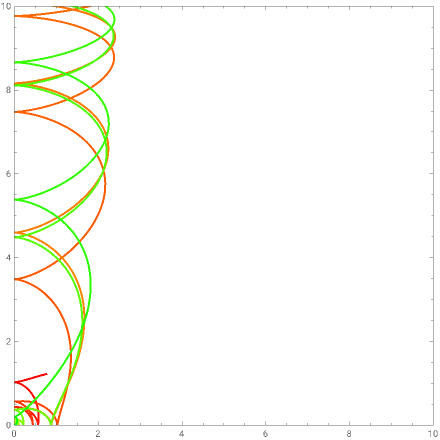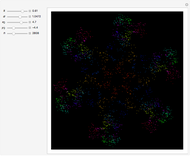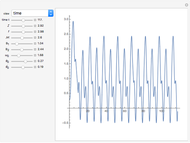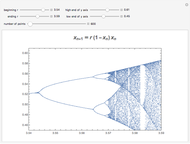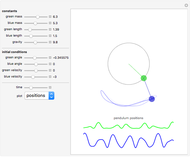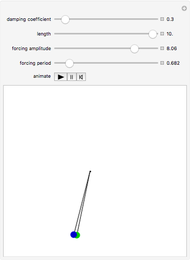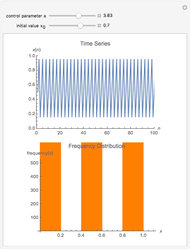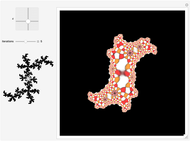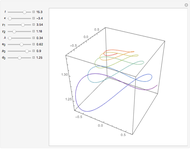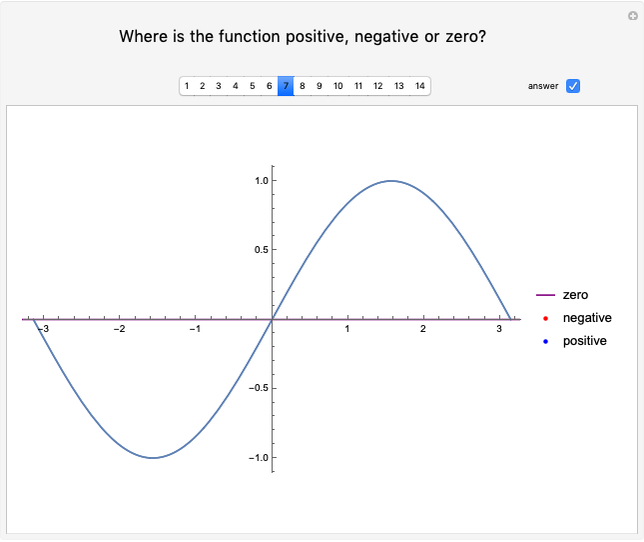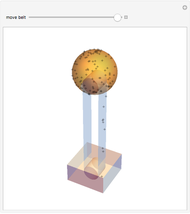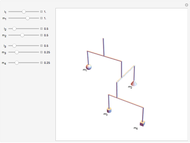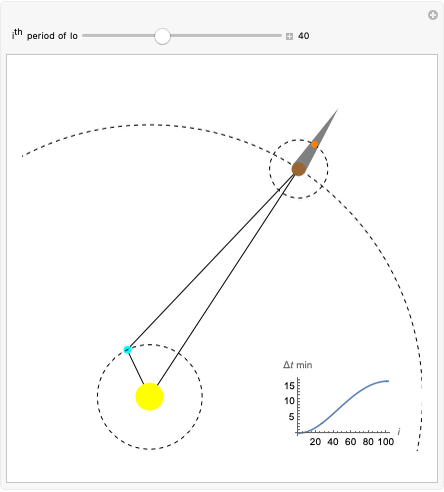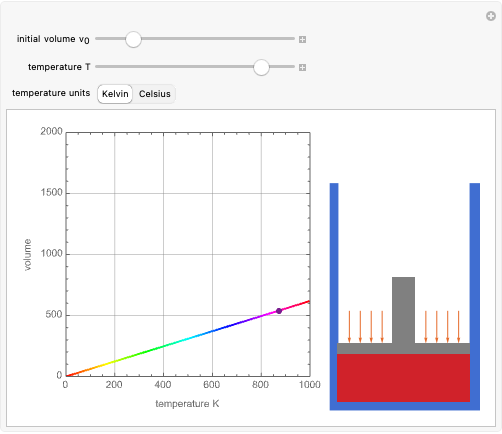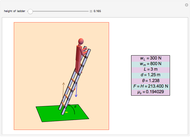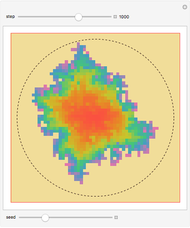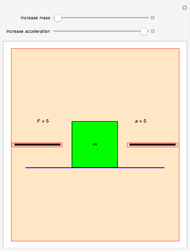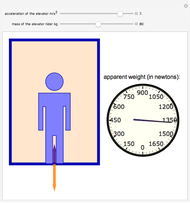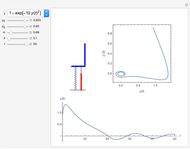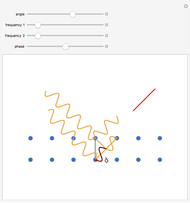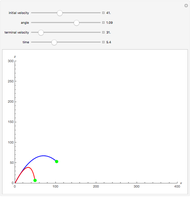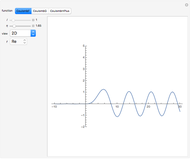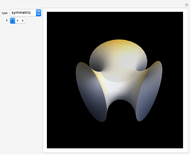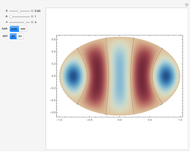Collinear Classical Helium Atom

Requires a Wolfram Notebook System
Interact on desktop, mobile and cloud with the free Wolfram Player or other Wolfram Language products.
Collinear helium is a hypothetical system with two electrons arranged along a line on opposite sides of a nucleus of charge +2, with infinite nuclear mass. The electron positions then imply a problem with two degrees of freedom. The plots show the dynamics projected onto the plane of the position of the two electrons  . For a number of initial conditions, trajectories escape to infinity after several reflections.
. For a number of initial conditions, trajectories escape to infinity after several reflections.
Contributed by: Enrique Zeleny (March 2013)
Open content licensed under CC BY-NC-SA
Snapshots
Details
The Hamiltonian is
 ,
,
where the  are the generalized momenta, and replacing
are the generalized momenta, and replacing
 ,
,
the Hamiltonian takes the form

and the equations of motion are

where prime denotes derivative with respect to time.
References
[1] P. Cvitanovic, R. Artuso, R. Mainieri, G. Tanner, G. Vattay, N. Whelan, and A. Wirzba, "Helium Atom," in Chaos: Classical and Quantum, Copenhagen: Niels Bohr Institute, 2012. www.chaosbook.org.
[2] K. Richter, G. Tanner, and D. Wintgen, "Classical Mechanics of Two-Electron Atoms," Physical Review A, 48(6), 1993 pp. 4182–4196. doi:10.1103/PhysRevA.48.4182.
[3] G. Tanner and K. Richter. "Semiclassical Theory of Helium Atom." Scholarpedia. (Jan 8, 2013) www.scholarpedia.org/article/Semiclassical_theory_of _helium _atom.
Permanent Citation

